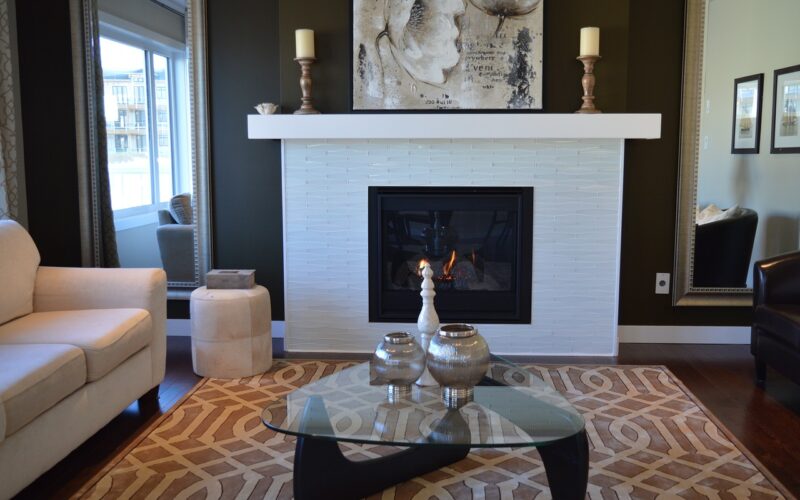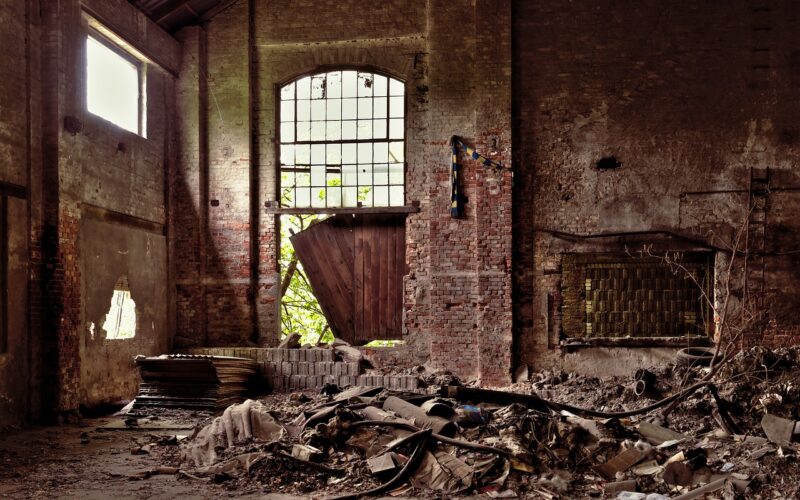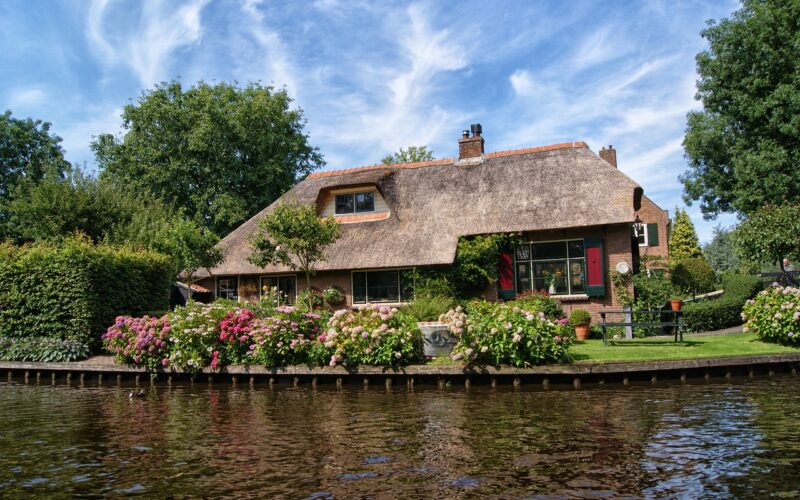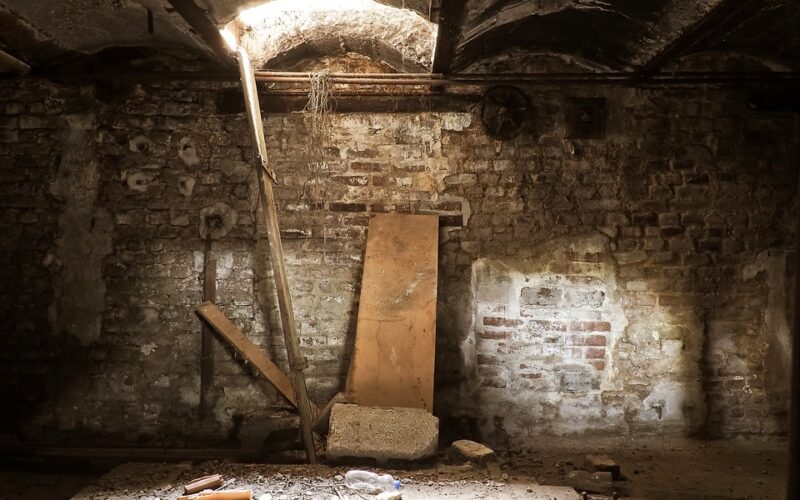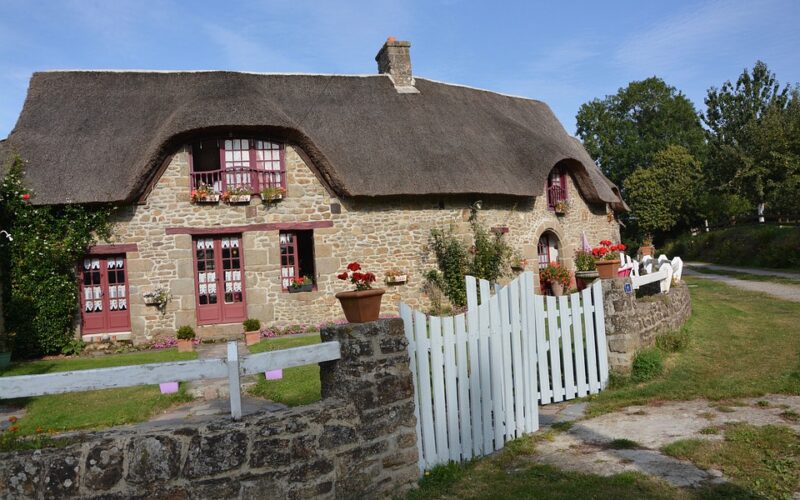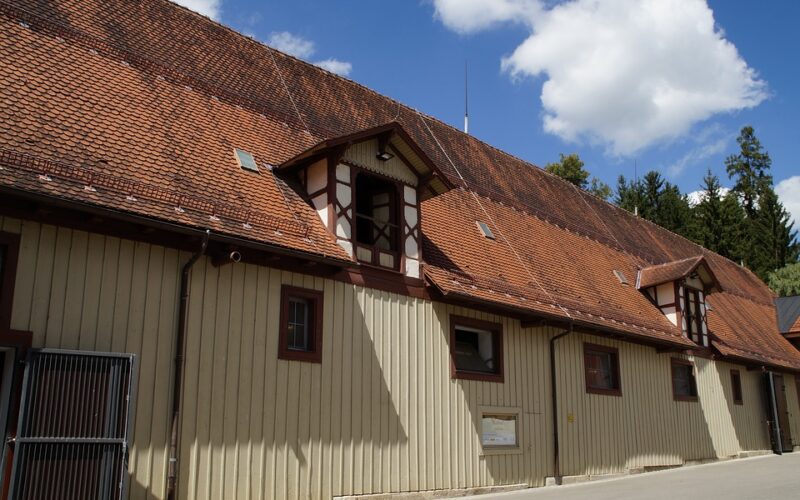Reviving a rundown building can seem like a daunting task, but with the right approach, it can be transformed into a vibrant and functional space. Whether you are looking to renovate a property for resale or to create a new living or working environment, there are several key steps you can take to breathe new life into a tired structure.
Assessing the building's condition
The first step in any renovation project is to thoroughly assess the building's current state. This involves a detailed inspection of the structure, including the foundation, walls, roof, plumbing, and electrical systems. Identifying any major issues early on will allow you to address them before they become more significant problems. Additionally, hiring a qualified inspector or contractor can provide a clear picture of the work required and help you plan your renovation budget more accurately.
Creating a renovation plan
Once you have a comprehensive understanding of the building's condition, the next step is to create a renovation plan. This plan should outline the scope of work, including which areas need the most attention and what specific improvements will be made. Prioritising tasks is crucial, as it ensures that the most critical issues are addressed first. Your renovation plan should also include a timeline and a budget to keep the project on track and within financial constraints.
Cleaning and decluttering
One of the simplest yet most effective ways to inject life back into a rundown building is to start with a thorough clean and declutter. Removing debris, old furniture, and accumulated rubbish can instantly make a space feel more inviting and manageable. Hiring professional cleaners, particularly carpet cleaners, can make a significant difference. A carpet cleaner can transform the look and feel of a room, making it appear fresher and more appealing. Carpet cleaning services can also remove deep-seated dirt and stains that regular vacuuming may not be able to tackle.
Upgrading essential systems
Updating the building's essential systems, such as plumbing, electrical, and HVAC, is a crucial step in any renovation. Outdated or faulty systems can pose safety hazards and lower the property's value. Upgrading these systems will not only improve safety but also enhance the building's overall functionality and efficiency. Investing in energy-efficient appliances and systems can also reduce long-term operating costs and appeal to environmentally conscious buyers or tenants.
Enhancing aesthetics
Aesthetic improvements can significantly impact the perception of a building. Simple updates like painting walls, replacing old fixtures, and installing new flooring can make a huge difference. Choosing modern, neutral colours and materials can create a timeless look that appeals to a wide audience. Additionally, paying attention to outdoor spaces, such as landscaping and exterior paint, can improve curb appeal and make a positive first impression.
Adding modern amenities
Incorporating modern amenities can make a building more attractive and functional. Consider adding features such as smart home technology, updated kitchens and bathrooms, and improved lighting. These upgrades can increase the building's value and make it more appealing to potential buyers or tenants. High-quality, durable materials should be prioritised to ensure that the enhancements stand the test of time and add lasting value to the property.
Reviving a rundown building requires careful planning, attention to detail, and a willingness to invest in essential improvements. By assessing the building's condition, creating a renovation plan, cleaning and decluttering, upgrading essential systems, enhancing aesthetics, and adding modern amenities, you can transform a tired structure into a vibrant and functional space. Whether you are carrying out the renovation for personal use or to increase the property's market value, these steps will help you achieve your goals and breathe new life into the building.


